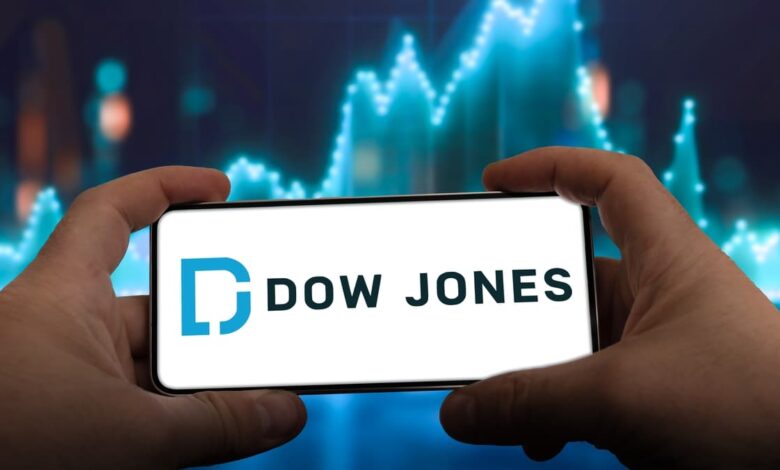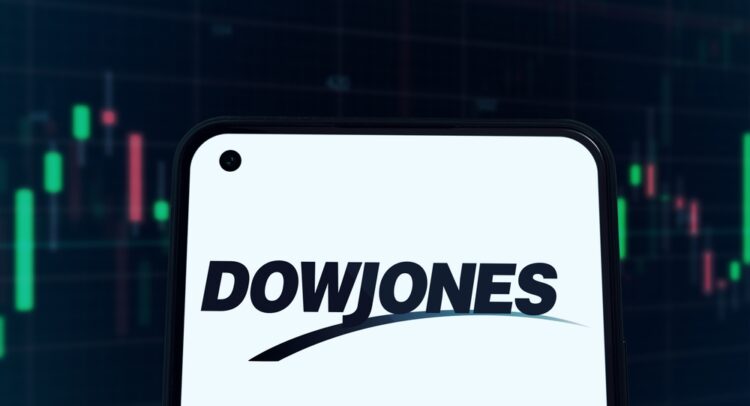dow_jones Decoded: Understanding the Pulse of the U.S. Stock Market

The Dow Jones is more than just a number scrolling across the bottom of a TV screen on financial news. For over a century, the dow_jones has served as a vital benchmark for the American economy, acting as a barometer for investor sentiment and economic health. But what exactly is the Dow Jones, and why does it matter so much in the world of finance?
What is the Dow Jones?
The Dow Jones, officially known as the dow_jones Industrial Average (DJIA), is a stock market index that measures the performance of 30 prominent companies listed on stock exchanges in the United States. It was created in 1896 by Charles Dow and Edward Jones, hence the namedow_jones . Initially composed of just 12 industrial companies, the index has evolved over time to reflect the shifting landscape of American business.

Unlike other indices like the S&P 500, the dow_jones is a price-weighted index, meaning that companies with higher stock prices have a greater influence on the index’s movement. This method of calculation is somewhat outdated, but it still provides valuable insights into market trends.
The Importance of the Dow Jones
The dow_jones plays a crucial role in the financial world. It’s often used by investors, analysts, and policymakers to gauge the overall health of the economy. When the Dow Jones rises, it usually signals optimism in the market, whereas a falling dow_jones can indicate economic concerns or declining investor confidence.
Because the Dow Jones includes household names like Apple, Microsoft, and Boeing, its performance offers a snapshot of how some of the most influential companies in the U.S. are doing. This makes it particularly useful for investors who want to keep tabs on the economy without analyzing hundreds of stocks individually.
Components of the Dow Jones
The companies that make up the dow_jones are not static. The index is reviewed periodically to ensure it remains representative of the American economy. When industries shift or companies decline in relevance, adjustments are made. For example, tech giants have gradually replaced older industrial firms, reflecting the growing importance of technology in today’s economy.
As of 2025, the dow_jones includes companies from a variety of sectors, including technology, healthcare, finance, and consumer goods. This diversity makes it a more robust indicator than it might have been in its early industrial-focused days.
How the Dow Jones is Calculated
As a price-weighted index, the dow_jones is calculated by adding the stock prices of its 30 component companies and dividing the sum by a special divisor, which accounts for stock splits and other changes. This method can sometimes give an outsized impact to companies with higher stock prices, regardless of their overall market capitalization.
While this approach has its critics, the dow_jones remains widely respected and continues to be a go-to reference point for market analysis.
The Dow Jones and Market Psychology
The Dow Jones isn’t just a measure of financial performance; it’s also a reflection of investor psychology. Market participants react emotionally to changes in the dow_jones , with sharp rises often boosting confidence and steep drops triggering fear or panic.
During economic downturns or geopolitical crises, a plunging Dow Jones can make headlines and influence both public sentiment and policymaking decisions. Conversely, a soaring Dow Jones often accompanies periods of economic optimism and can spur more investment and consumer spending.
Historical Milestones of the Dow Jones
Over its long history, the Dow Jones has experienced numerous milestones and dramatic shifts. Some notable examples include:
- The Great Depression (1929): The Dow Jones lost nearly 90% of its value, a historic collapse that had far-reaching economic consequences.
- Post-War Boom (1950s–60s): The Dow Jones surged as America’s industrial base expanded.
- Dot-com Bubble (2000): The Dow Jones was affected by the rapid rise and fall of tech stocks.
- Financial Crisis (2008): The Dow Jones plummeted amid fears of a global economic collapse.
- COVID-19 Pandemic (2020): The Dow Jones saw one of its fastest-ever drops and recoveries within months.
Each of these events marked turning points not only in market behavior but in broader economic trends as well.
Investing Strategies Involving the Dow Jones
Many investors use the Dow Jones as a foundation for their investment strategies. One common approach is investing in Dow ETFs (exchange-traded funds) that mirror the performance of the index. These funds offer a simple way to gain exposure to all 30 companies in the Dow Jones without having to buy each stock individually.
Others may choose to invest selectively in individual companies within the Dow Jones, picking stocks based on performance trends or economic forecasts. Either way, the Dow Jones acts as a guidepost, helping investors make informed decisions.
The Dow Jones in Global Context
While the Dow Jones is a uniquely American index, its influence extends across the globe. International markets often react to movements in the Dow Jones, particularly during times of financial volatility. A strong performance in the Dow Jones can lift global markets, while a sharp decline can trigger international selloffs.
This global significance underscores the role of the Dow Jones as a key indicator not just of American prosperity, but of global economic confidence.
Criticisms and Limitations of the Dow Jones
Despite its prestige, the Dow Jones is not without criticism. Some argue that a 30-company sample is too small to accurately reflect the broader economy. Others take issue with its price-weighted methodology, claiming it can distort the index’s performance.
In contrast, indices like the S&P 500, which includes 500 companies and uses a market capitalization-weighted model, are seen by some analysts as more comprehensive. Still, the Dow Jones maintains its status due to its historical legacy and public visibility.
Conclusion: Why the Dow Jones Still Matters
In an era of rapid change and complex financial instruments, the Dow Jones remains a trusted benchmark. Its enduring relevance is a testament to its simplicity, recognizability, and ability to capture the pulse of the U.S. economy.
Whether you’re a seasoned investor, an economics student, or simply someone interested in understanding market trends, keeping an eye on the Dow Jones can provide valuable insights. It’s not just a number—it’s a narrative, a signal, and a symbol of the economic heartbeat of a nation.
As we move further into the 21st century, the Dow Jones will likely continue evolving. But its role as a financial compass remains as important as ever.



